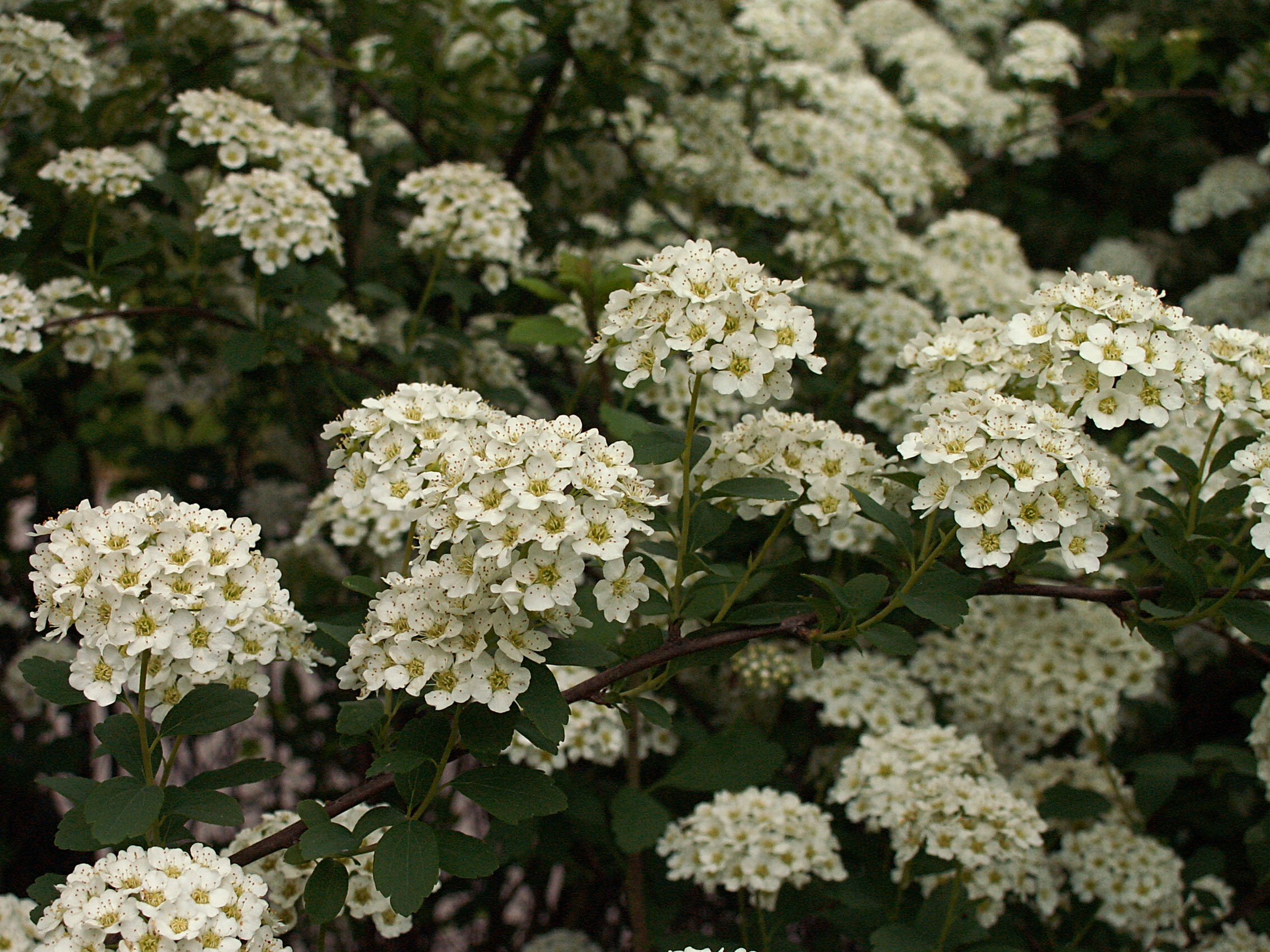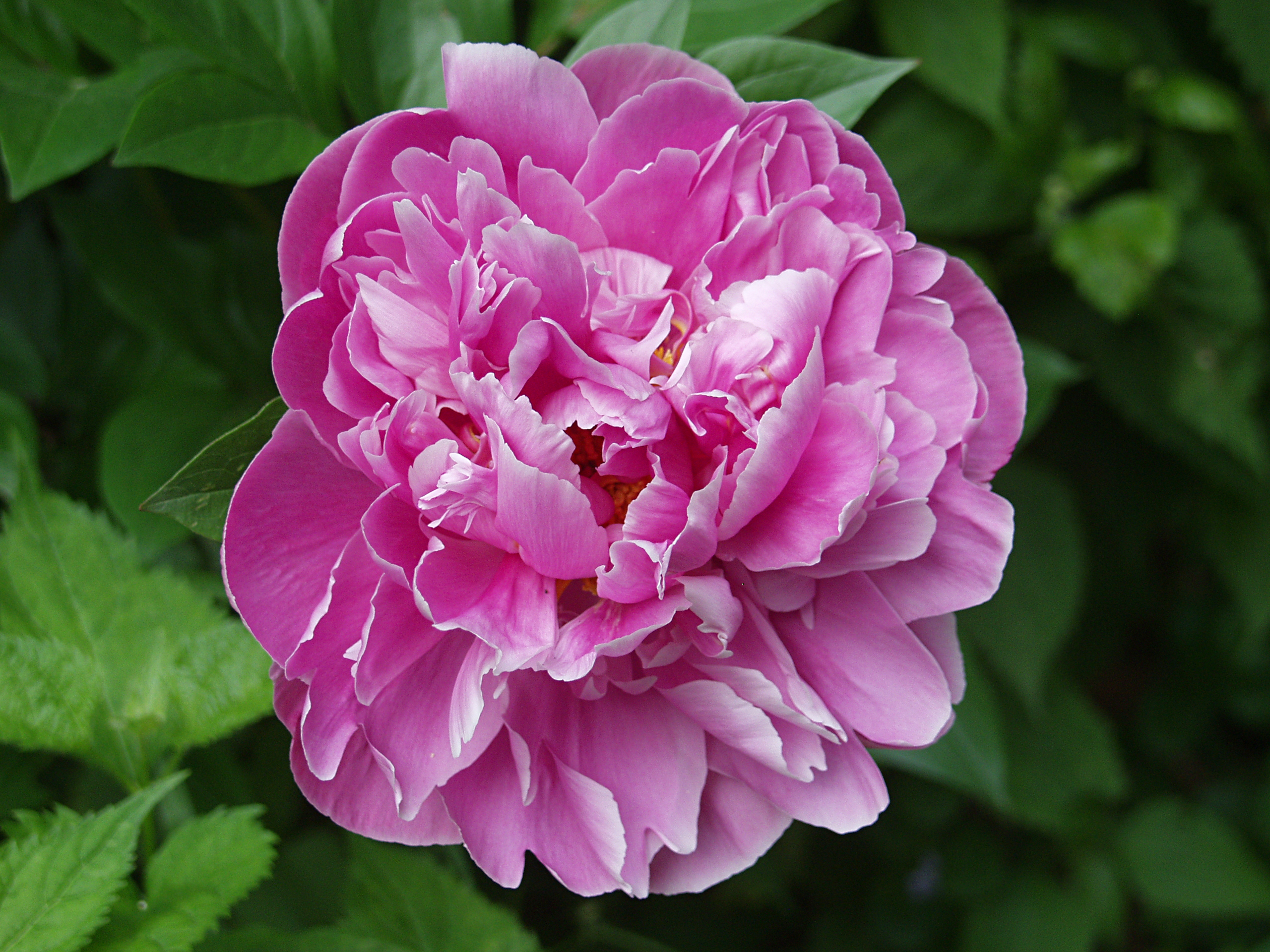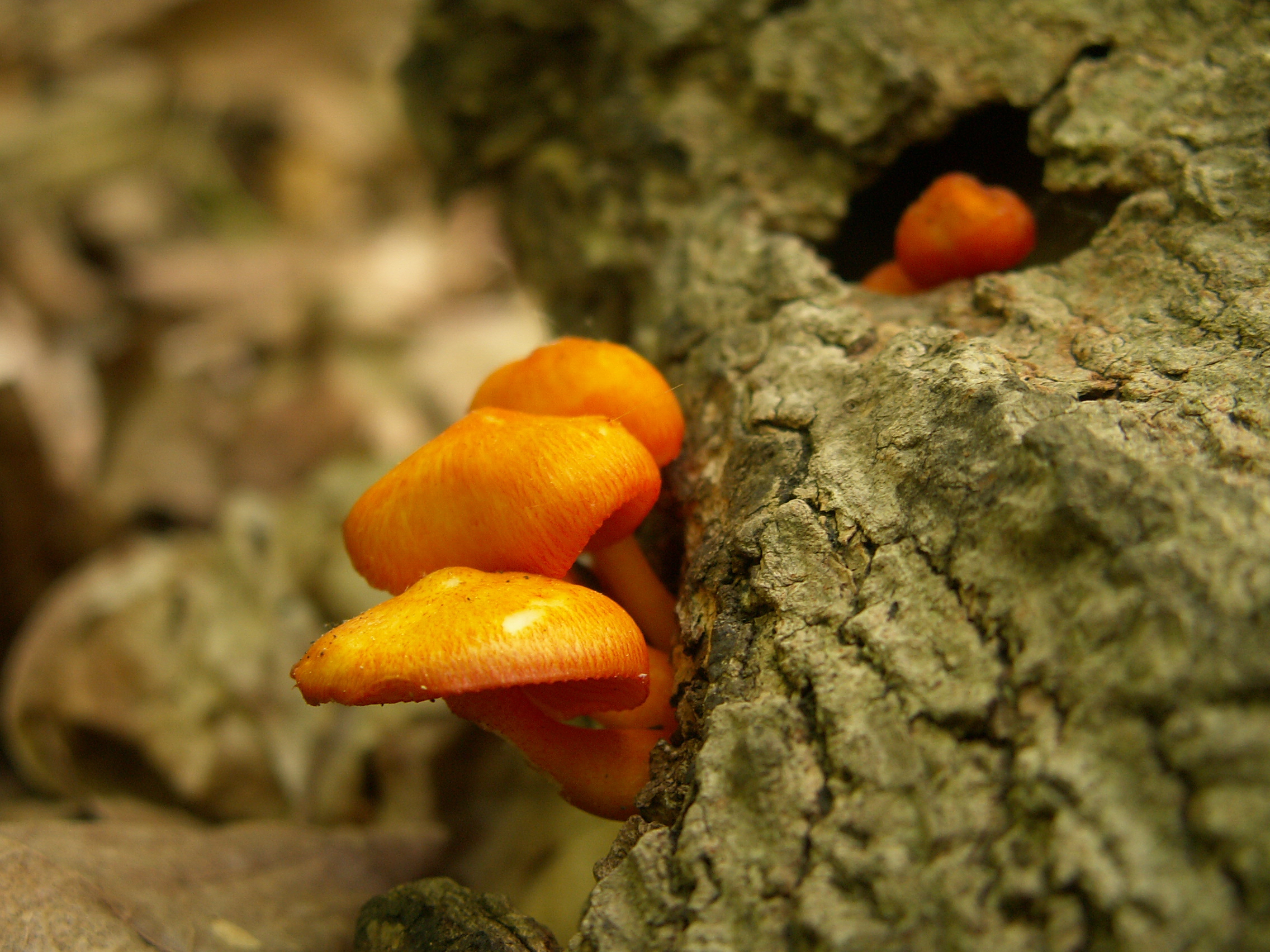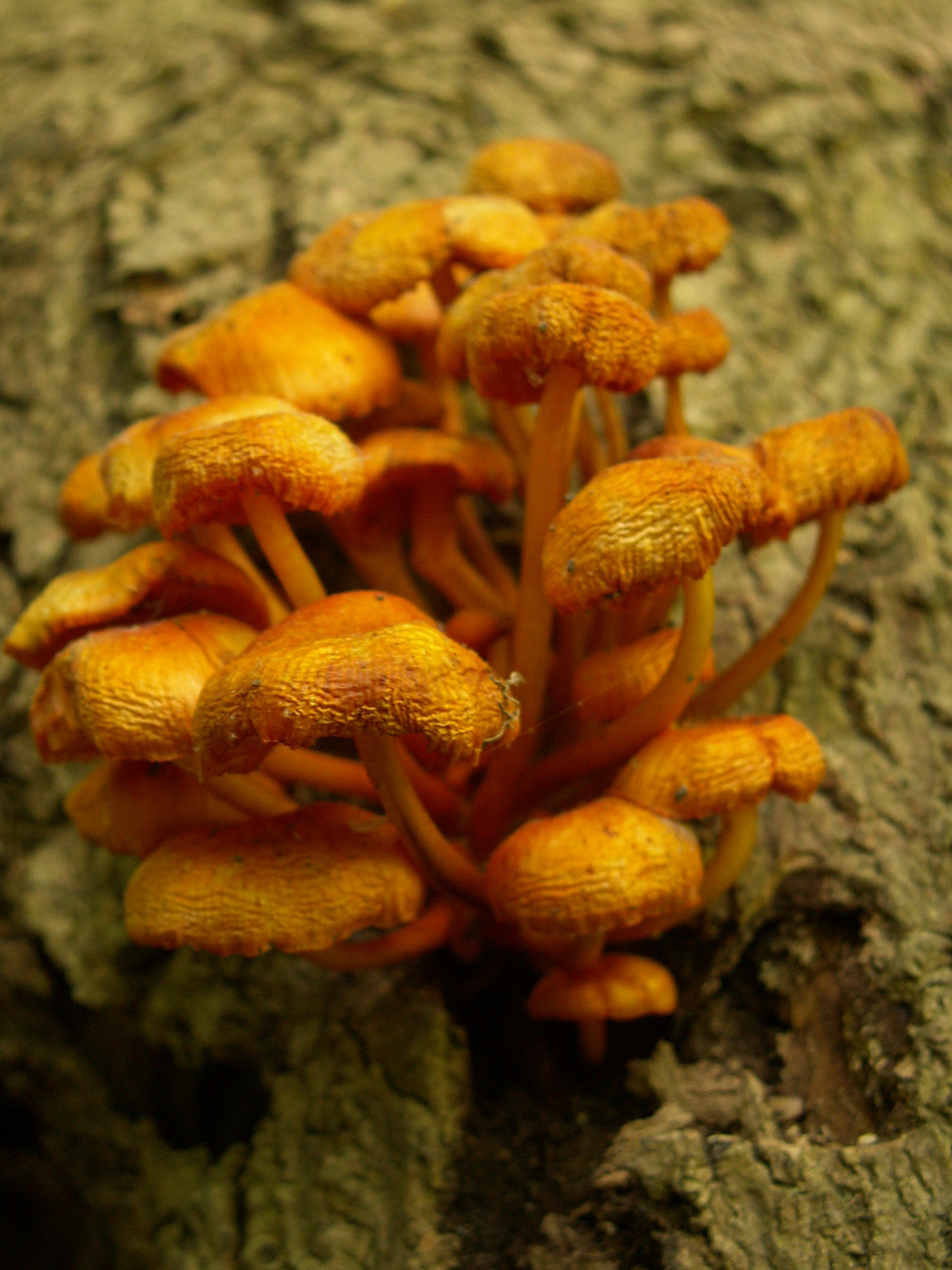-
Sycamore Bark

The American Sycamore (Platanus occidentalis) is a splendid tree with a curious habit of shedding its bark in huge chunks. The result on a mature tree is often a very smooth surface mottled all over with decorative patterns. These trees are in the Smithfield East End Cemetery in Squirrel Hill.
Camera: Kodak EasyShare Z1485 IS.

-
Orange Mushrooms
Old Pa Pitt is not a mushroom expert. He believes these to be Mycena leaiana, but any correspondent is invited to correct (or confirm) his identification. The ones below are a little past their prime, but still decorative.
Camera: Konica-Minolta DiMAGE Z3.
-
Visitor Center, Riverview Park

A very attractive little building put up in the 1940s, and doubtless influenced by the style of all the WPA work that had been done in local parks in the previous decade; here we see it in evening light, when the flowers for summer have just been planted.
Camera: Konica-Minolta DiMAGE Z3.
-
Design for the City-County Building

This rendering was published in 1916, before the building opened in 1917; but this is how the City-County Building still looks today. “Diamond Street” is now part of Forbes Avenue, except for the remnant of the outer end that veers off Forbes for one scraggly diagonal block to meet Fifth Avenue.
2 responses
-
Horne’s
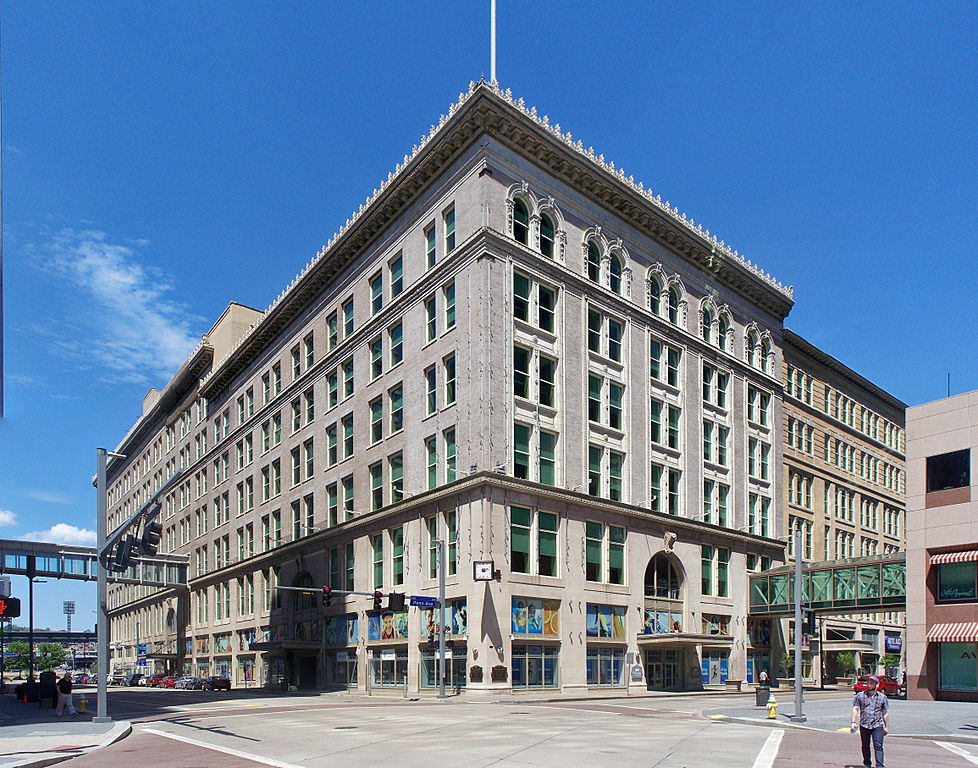
The Joseph Horne Department Store was Pittsburgh’s second-biggest (after Kaufmann’s, “The Big Store,” now Macy’s). The original 1897 building was designed by Boston architects Peabody & Stearns, also responsible for the Liberty Market (now Motor Square Garden) in East Liberty; additions over the next few decades greatly expanded the store. It was still going strong in the 1980s, when it was connected by a pedestrian bridge to the new Fifth Avenue Place shopping arcade; but the Horne’s chain was sold to Lazarus, which closed this store after it built a new store on Fifth Avenue, and then closed the new store down a few years later.
The building still stands, though, and you can see on the corner the brackets that hold the famous Horne’s Christmas tree, an enduring holiday tradition that has survived the demise of two department-store chains.
-
Gateway Towers

This Brezhnev-era apartment building from 1964 has little to recommend it architecturally, but is there a finer location in the city? Point State Park is the front yard; the Gateway subway station is next door; the Cultural District is just up the street.
Camera: Olympus E-20n.
-
Bridal Veil
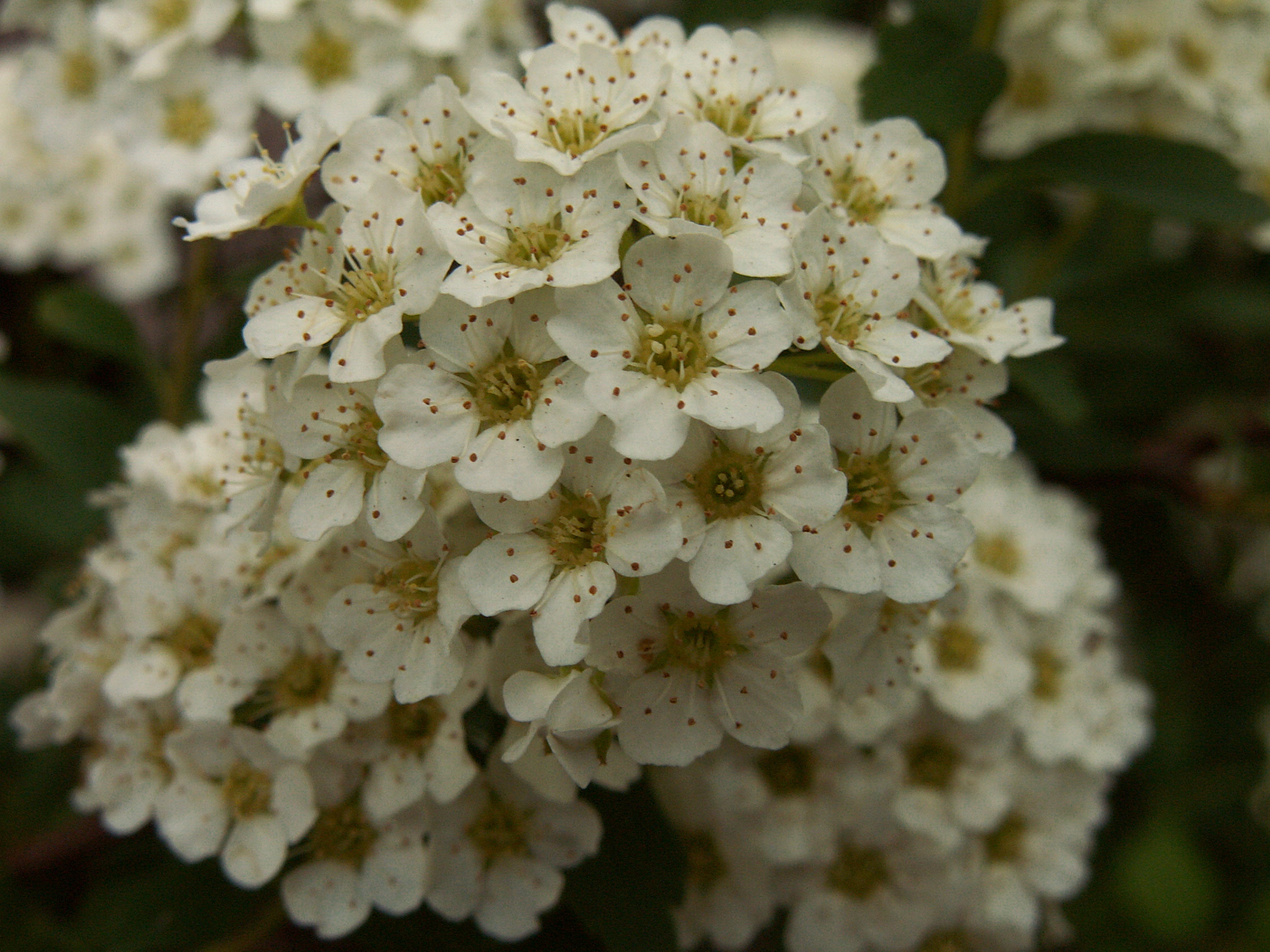
The “Bridal Veil” Spirea (Spiraea × vanhouttei) is a very popular planting in the Pittsburgh area. It blooms only briefly, but it is glorious for those few days.
Camera: Konica Minolta DiMAGE Z3.
